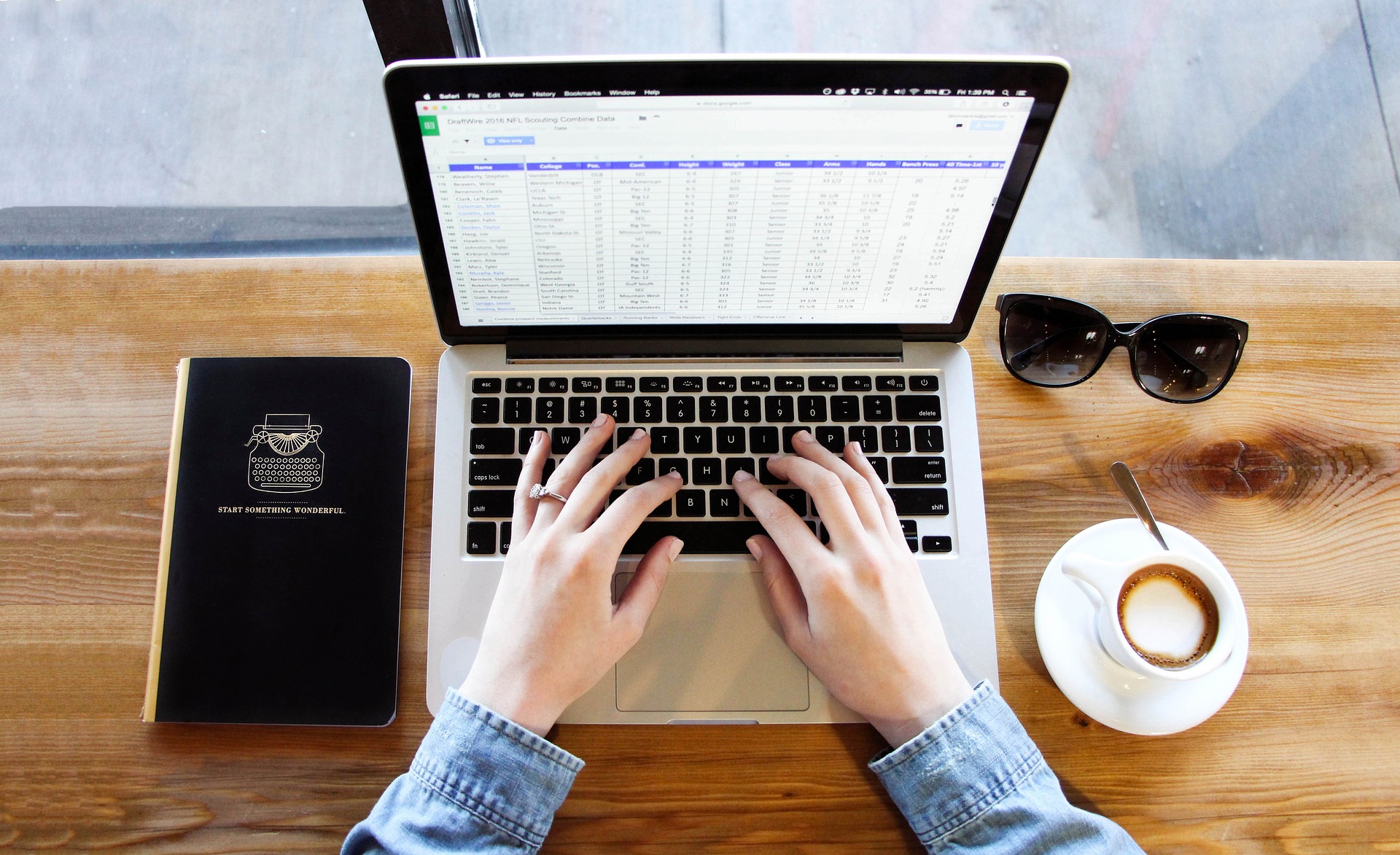Pricing strategies are no exception to how technology has become a fundamental component of how firms work. In recent years, technology has transformed how pricing plans are conceived, executed, and assessed. Companies can swiftly analyse data and decide on the optimal pricing plan to maximise revenues with the proper technology. This assists businesses in remaining competitive and profitable.
Transparency Through Technology
Businesses may use technology to rapidly and easily get a variety of data from potential consumers and rivals in order to make more educated pricing decisions. This information may be utilised to better analyse market trends and create pricing plans that are suited to the demands of the consumer.
Businesses may optimise revenues by employing technology to establish B2B pricing models that are more dynamic and suited to consumer demand. Businesses may be certain that they are pricing their products and services in the most beneficial way, with enhanced price transparency.
Market Intelligence
Companies may use MI to study market trends, consumer behaviour, competition data, and other crucial aspects influencing pricing choices. Businesses may optimise pricing strategies to maximise profits and remain competitive by knowing the market and its dynamics.
As a result, firms may discover price trends early on, adapt their pricing methods and calculate the market effect of their pricing strategy. Ultimately, this technology may assist firms in better understanding the competitive landscape and making data-driven decisions to optimise their pricing strategy.
Automated Price Adjustments
It can help determine the appropriate pricing for each consumer, product, and time period by utilising predictive analytics and artificial intelligence. This technology can assist firms in increasing earnings and providing the best value to customers. Automated price optimisation can assist firms to defend themselves against price erosion, lowering the likelihood of price battles with competitors. Businesses may use this technology to more readily change their pricing strategy in order to capitalise on new market possibilities.
Enhanced Data Analysis
Improved data analysis may help businesses obtain significant insights into client demands and preferences with the use of technology. Companies may alter their pricing strategy to better match customer expectations by studying customer behaviour. Companies may also detect competition price trends, analyse the efficiency of their pricing strategy, and make more educated pricing decisions with enhanced data analysis.
Enhanced Price Promotion Strategies
Improved pricing promotion tactics are an excellent technique for firms to affect their B2B clients’ pricing strategies. Technology may assist organisations in this aspect by allowing them to automate price promotions and discounts, tailor promotional offerings, and establish competitive pricing models.
Businesses may adapt to market changes quickly and simply with automated price promotion tactics, establish targeted promotions, and improve their pricing models. This may also assist organisations in tracking pricing plans, tracking client responses, and providing useful insights into customer preferences.
Examples of Successful Technology-Based B2B Pricing Strategies
Tiered Pricing
It works by splitting consumers into several levels and establishing varying rates for each tier. As a result, firms may charge varying prices to different tiers of clients. This can inspire customers to buy more, boost customer loyalty, and assist organisations in monetising various client groups through tier pricing.
Volume Discounts
Volume discounts are an effective technology-based B2B pricing technique for rewarding clients who make substantial purchases. This price approach encourages purchasers to purchase in quantity, which benefits both the buyer and the supplier. Consumers profit from decreased unit pricing, while sellers benefit from higher sales volume.
A volume discount approach can benefit from the usage of technology. Automatic systems can track client purchase history, allowing sellers to instantly alter discounts based on the customer’s purchasing trend.
Usage-Based Pricing
This strategy enables businesses to charge depending on product or service consumption, allowing them the flexibility to meet clients with varying usage requirements.
This pricing technique is especially useful for businesses that provide online services because it provides for more precise and fair pricing that represents the value of the product or service for each consumer.
Customers may pay for the precise amount of use they require, and the business can swiftly respond to changes in consumption or customer demands, which can benefit both the client and the business.
Conclusion
Technology has influenced B2B pricing methods positively. B2B companies may enhance their pricing strategies and boost the accuracy of their pricing by embracing technology. B2B companies may enhance their pricing strategy and maximise profitability by adopting price optimization tools, analytics, and AI.
Also, firms may employ usage-based pricing to boost profitability and adapt to market changes. These techniques are beneficial for many B2B organisations, allowing them to optimise profits and gain a competitive advantage.
















